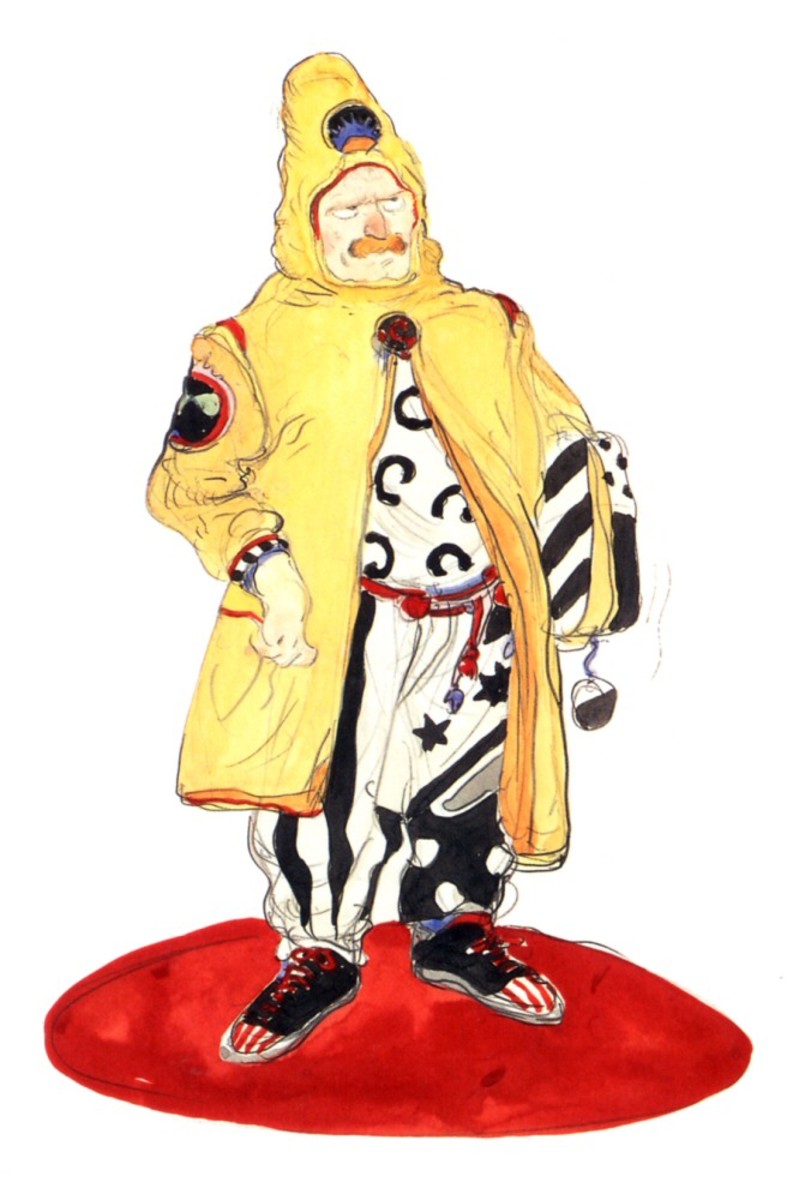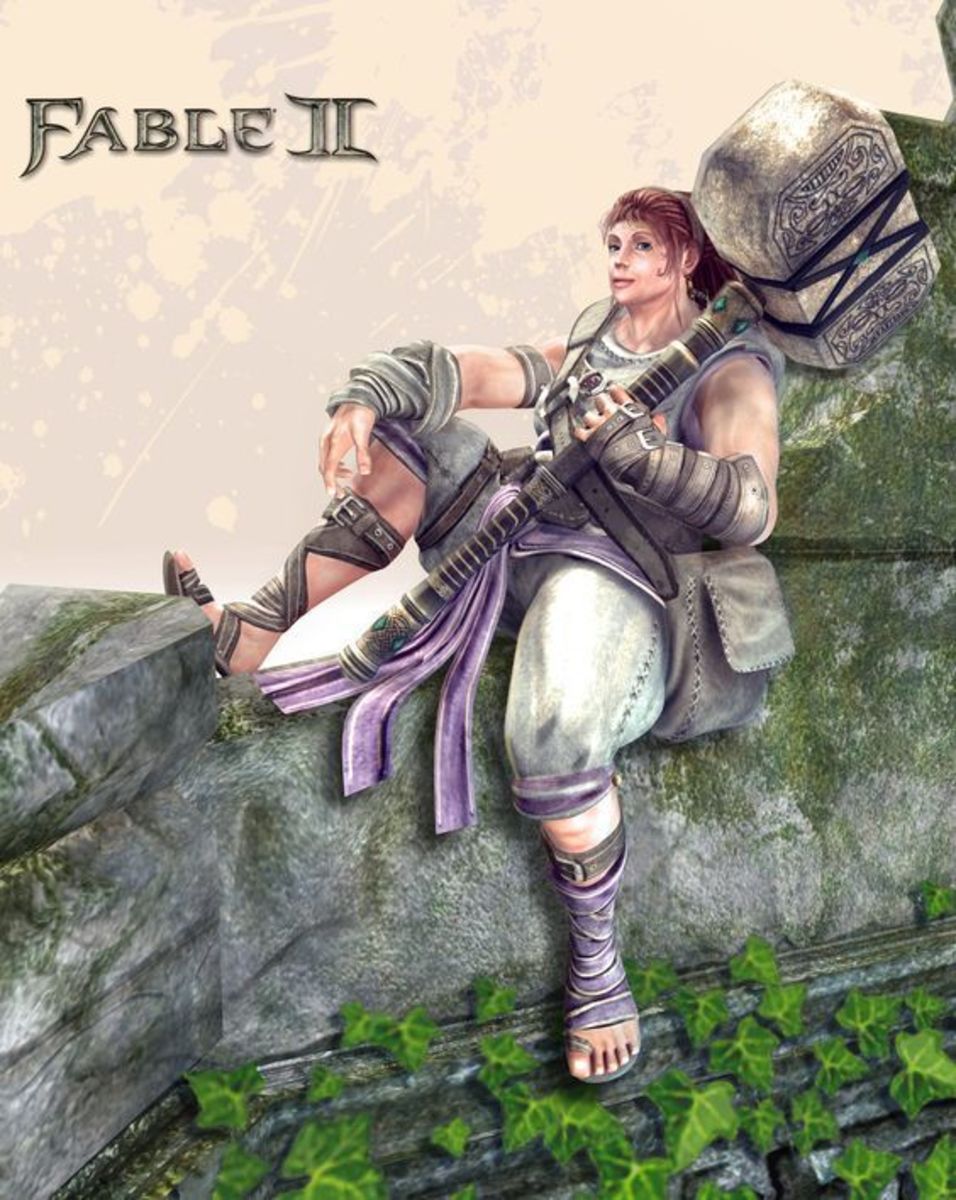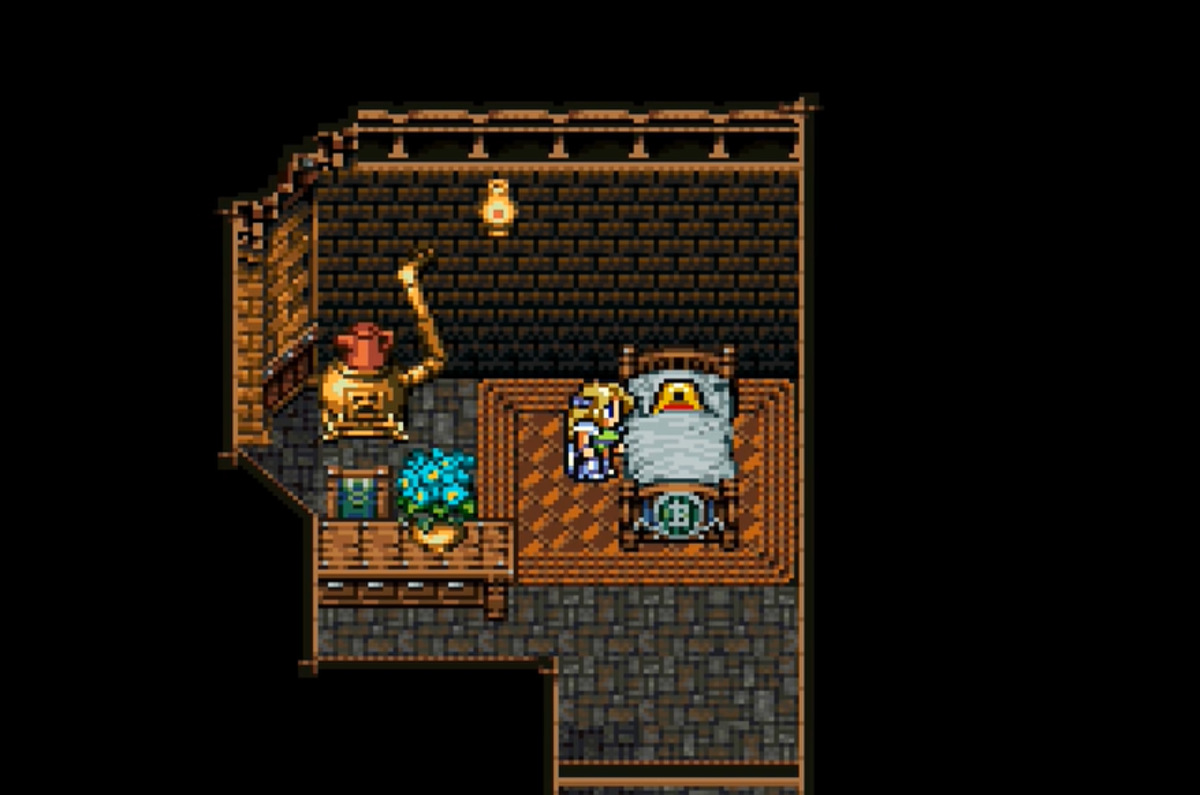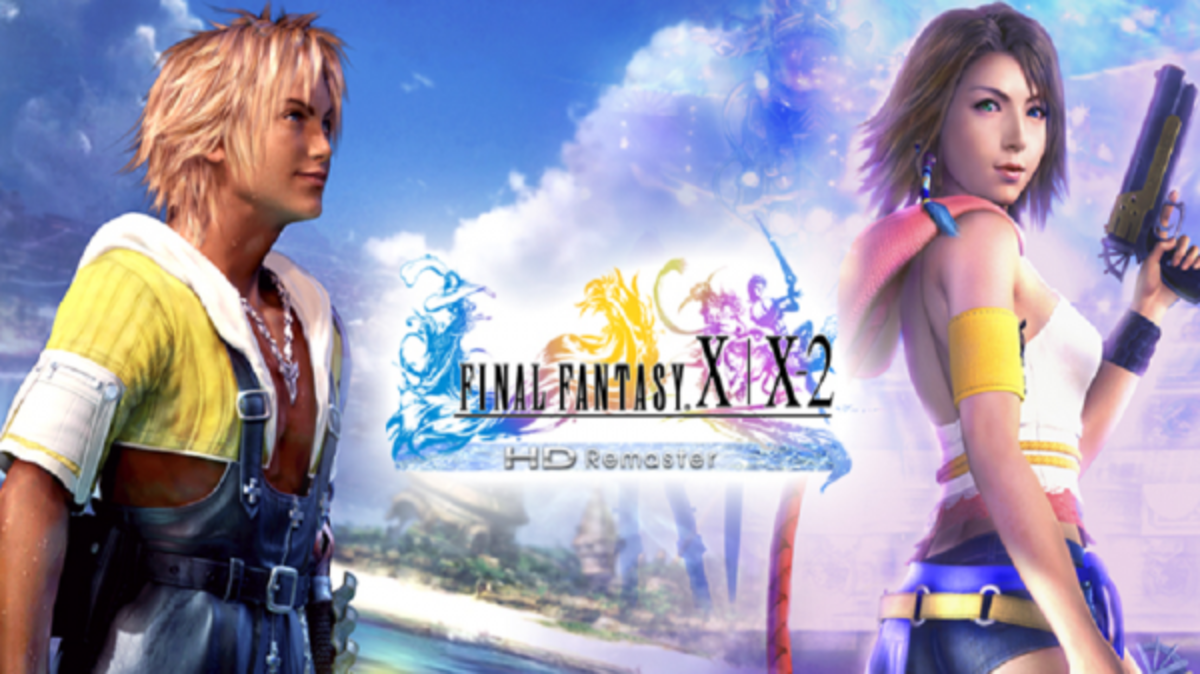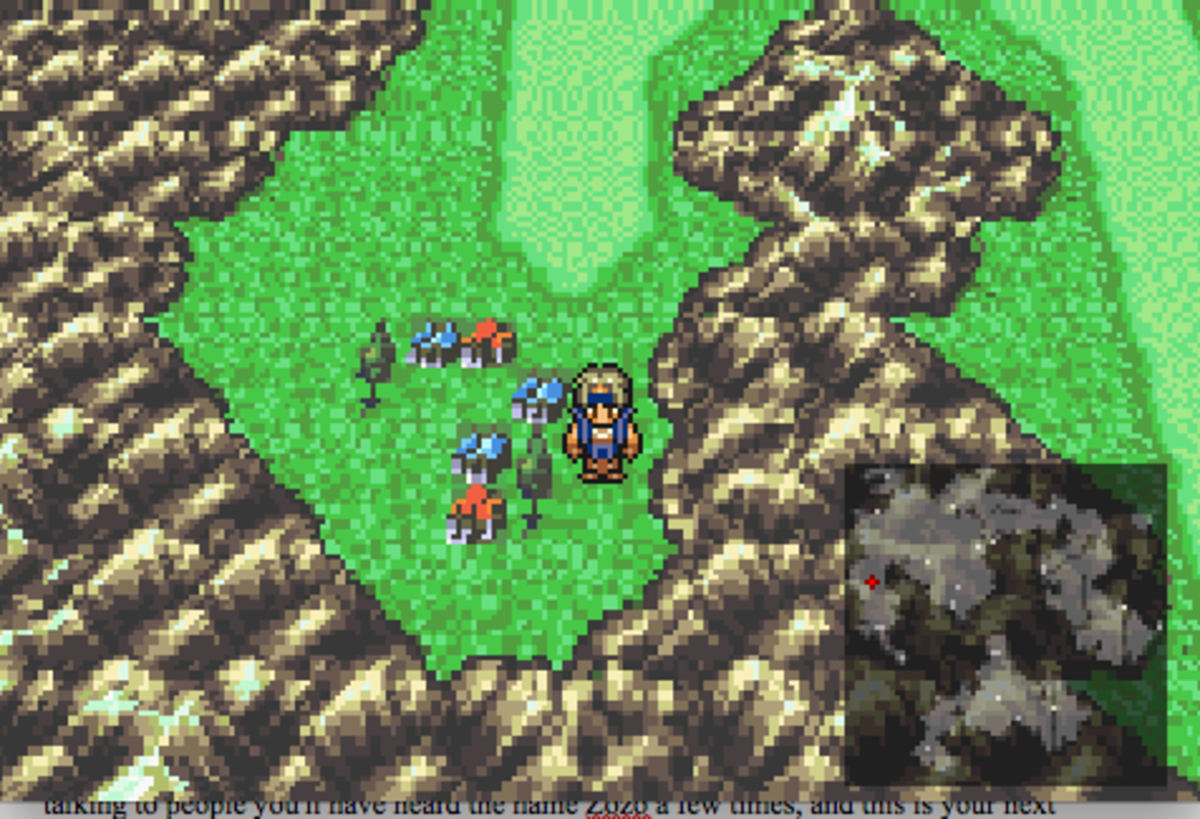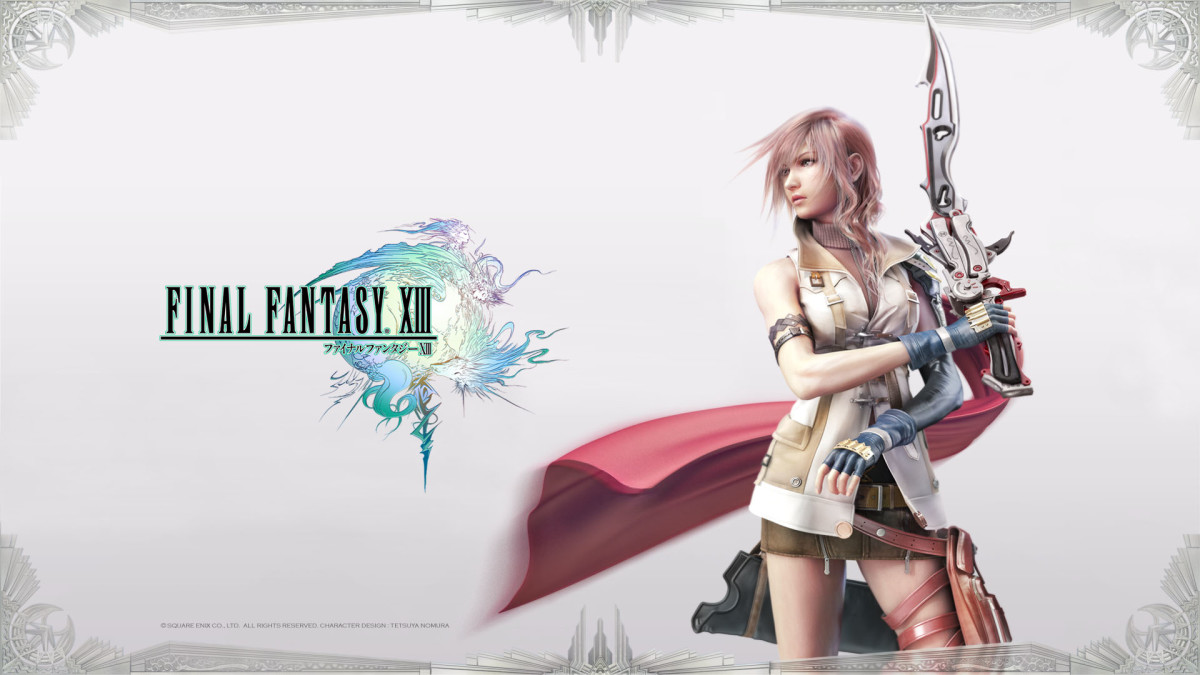- HubPages»
- Games, Toys, and Hobbies»
- Computer & Video Games»
- Roleplaying Video Games»
- Japanese Roleplaying Video Games
Final Fantasy IV: The After Years Review (iPad, 2013)
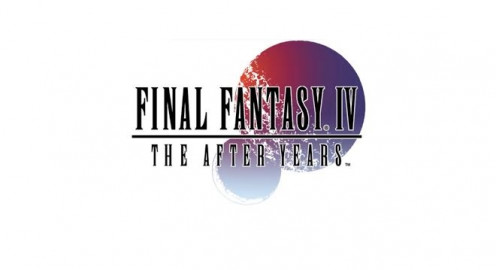
One to be born a dragon...
Final Fantasy IV: The After (as this game is known as in Japan) was launched in Japan in 2008 on mobile phones. This title served as a sequel to the fourth installment in the mainline series, but to be honest the re-drawn sprites and odd art style made it a little unappealing. The rest of the world had to wait an additional year before it was translated and released on Nintendo's Wii console digitally. Personally I liked it, but the sloppy graphics were more than a little distracting. Recently Square-Enix has begun remaking and porting the older titles in the series to mobile formats and I was a little surprised when FFIV: The After Years was one of their chosen titles. Additionally they opted to remake it using the 3D engine they designed for their titles on the Nintendo DS handheld. After giving it a go I must say that I'm very impressed.
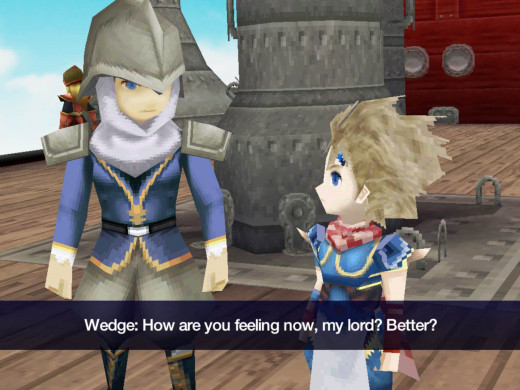
The After Years' story begins some seventeen years after Cecil and friends saved their medieval world from the crazed madman from the moon, Zemus. The adventure begins with Ceodore, the son of the aforementioned hero turned king of Baron, taking a test to prove his mettle as a member of the Red Wings airship fleet. Things turn gunny in a hurry as a second moon appears in the sky and hordes of monsters begin attacking each of the kingdoms. Unlike its predecessor, the After Years takes on an episodic format in which you play as each of the former protagonists as they come together and eventually combine forces. The Wii version forced you to pay for each separate episode but I'm happy to report the price of entry is all the money you'll have to fork over this time around.
I will start out by saying that the storyline is forgettable even by Japanese RPG standards. Most of the scenario is simply recycled, and what is riddled with more fanservice than you can shake a stick at. As a huge fan of Final Fantasy IV I mildly enjoyed the story, but those who aren't familiar with it will probably loathe The After Years simply because it relies too heavily on references. There are new characters introduced here, but these aren't particularly interesting nor are any of them memorable. The story just doesn't stand well on its own two feet which is disappointing.
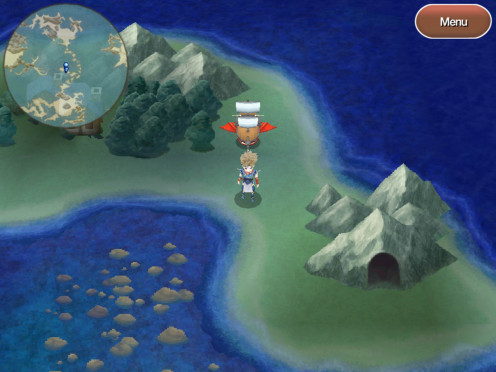
Gameplay
The battle system used here is very much the same as you would find in all Final Fantasy games from the 16/32-bit eras. As you wander about on the world map or within dungeons enemy encounters are triggered at random at which point you are whisked away to a separate screen showcasing the characters in your party and the group of enemies. From here you wait for a timer bar on the bottom of the screen to fill up which indicates each characters' turn at which point you can input a command such as attack, defend, magic, etc. The battle ends when either side runs out of hit points. It's very standard, but Square-Enix added a few cool refinements
The first of these new additions is the 'band system.' This allows two or more characters to combine an attack in order to perform a more powerful move. The feature may have been around in other games for decades now (Chrono Trigger, for example) but I like the fact that it was included. Additionally you now have to keep an eye on an indicator which shows the current moon phase because this directly affects your abilities in combat. There are four phases which affect the potency of your physical attacks, white/black magic, and skills. Depending on which enemies you are facing this can be used to your advantage, and I liked this feature as well.
One issue I had here is that Square-Enix throws very few new characters your way, and for the most part they're generic throwaways. Most of the scenarios have either nameless mages, monks, or soldiers that serve only to balance your party against the threats that are to come. The execution feels sloppy, and it seems to me that the developers could have instead simply toned down the potency of monsters rather than evening the odds with one-off characters. The other new characters tend to be a little unbalanced. Luca is almost unbeatable while Ceodore doesn't excel in any category and is a poor substitute for Cecil. Classic magic wielding characters such as Rosa, Porom and Palom are significantly worse than newcomer Leonora who wields both black and white magic.
Final Fantasy IV: The After Years is a much more difficult game than its predecessor. I felt constantly under-powered within most of the scenarios, and the fact that items and gil (money) do not carry over between them makes for some rather rough beginnings. There isn't a scenario in which I didn't feel the need to grind at least a little in order to fill my pockets with potions before trekking into the many dungeons. Each of the character driven scenarios can be completed in 2-4 hours which doesn't seem like much, but when you add all of them together you've got some serious longevity.
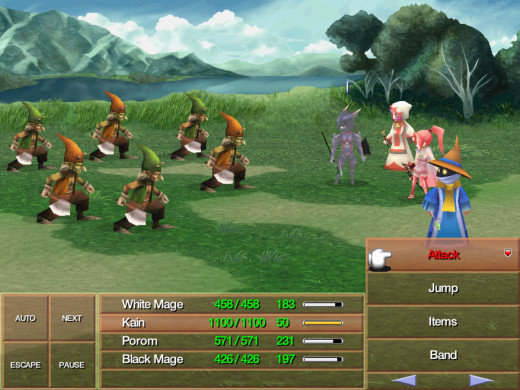
Presentation
The Nintendo DS was not a powerful machine; it pushed graphics roughly comparable to the now archaic Nintendo 64 and original PlayStation. It's unfortunate that Square-Enix simply recycled an engine made for outdated hardware for this release because Final Fantasy IV: The After Years is a pretty ugly game. The polygonal character models are jagged, and the texture work is heavily pixelated. These blemishes are made only worse when this game is blown up on the iPad screen. On the plus side the resolution has been beefed up and it gives this title a very clean, crisp look. Thankfully the framerate holds up well and I noticed stuttering only when I had many apps running in the background on my device.
The soundtrack is also almost entirely recycled from the DS release of part IV. Some of the music is new and distinct to this game, and the enhanced compositions are among my favorite tracks included here. Even though we've heard most of the music before it is still as memorable and polished as it ever was. Unfortunately Square-Enix couldn't be bothered to record voice overs for the various cinemas as they did in IV on the DS. It's not a big deal but cheapens this package a fair bit. On another note the controls work quite well with a nicely designed menu and virtual joystick for moving around outside of battle.
Overall
Square-Enix has flooded the mobile market with both ports and remakes of their classic Final Fantasy games often with little effort put into the project. I was fully expecting that by the time they finally did get to bringing this game to smartphones that they would simply recycle sprites and take the easiest route. I'm really happy they went with the 3D engine even if it does look archaic by today's standards. The new visual style, along with a few refinements (the final dungeon has been streamlined a bit) make this a game that's well worth playing if you're a fan of its source material. Final Fantasy IV: The After Years is so far my favorite mobile port from Square-Enix.

